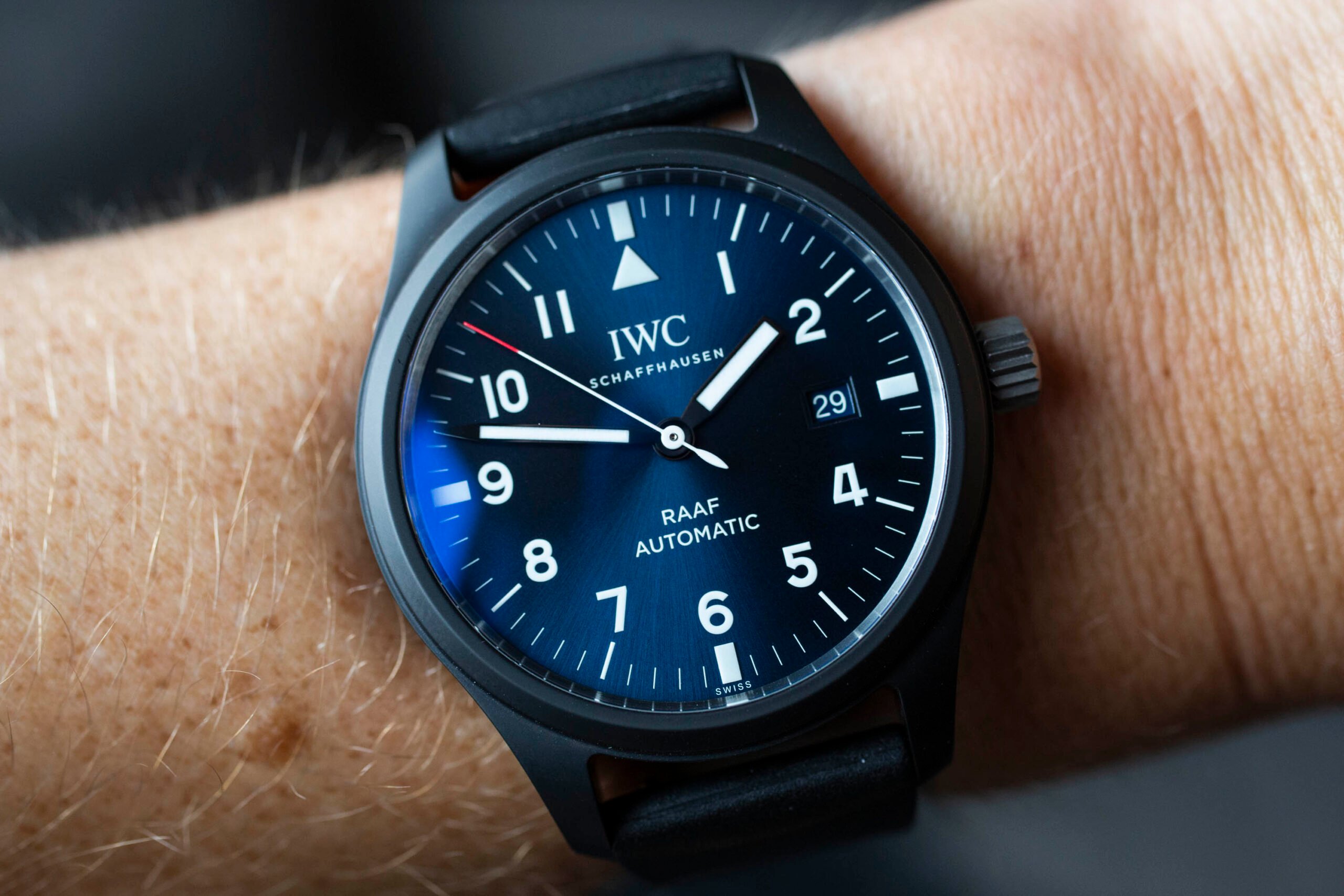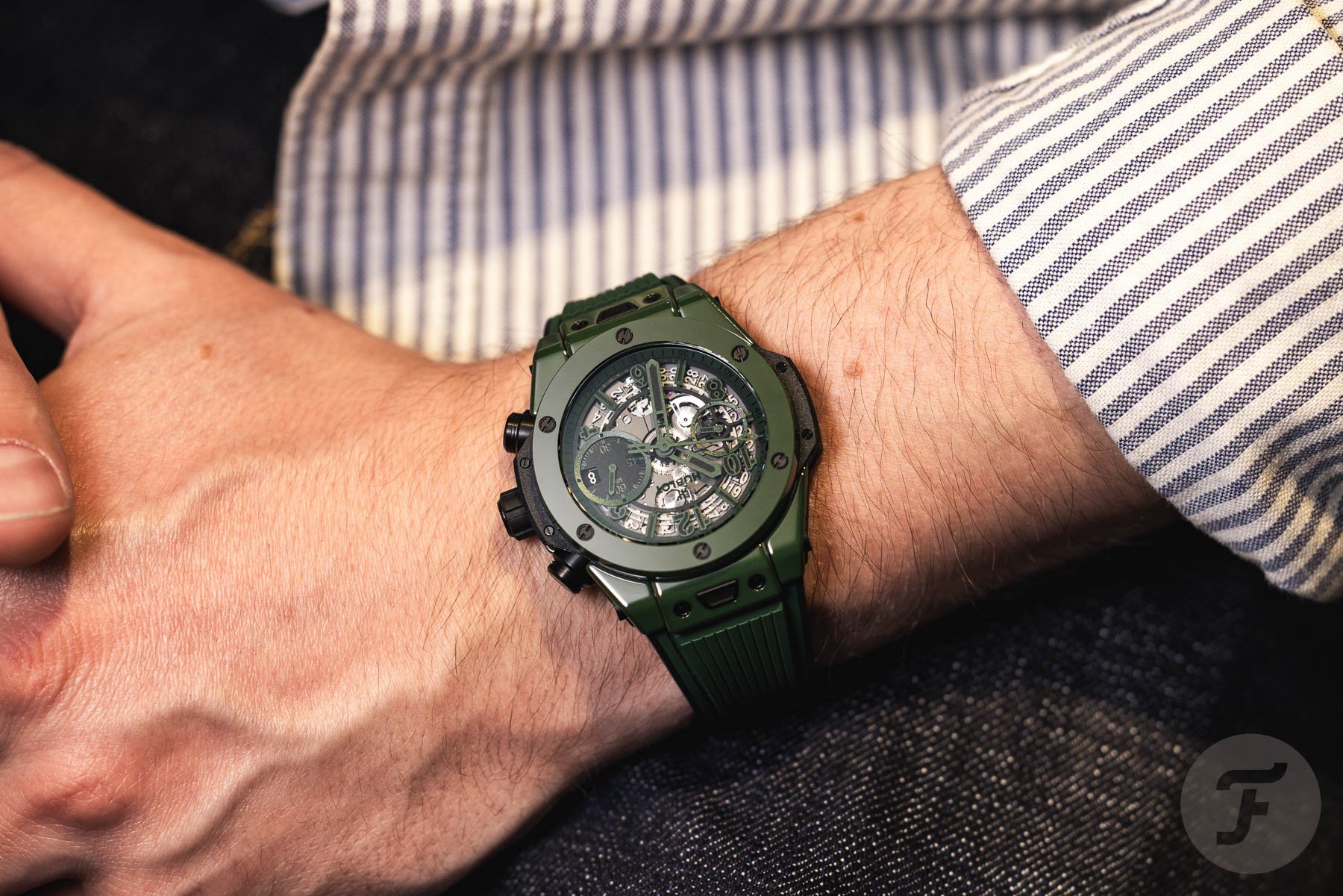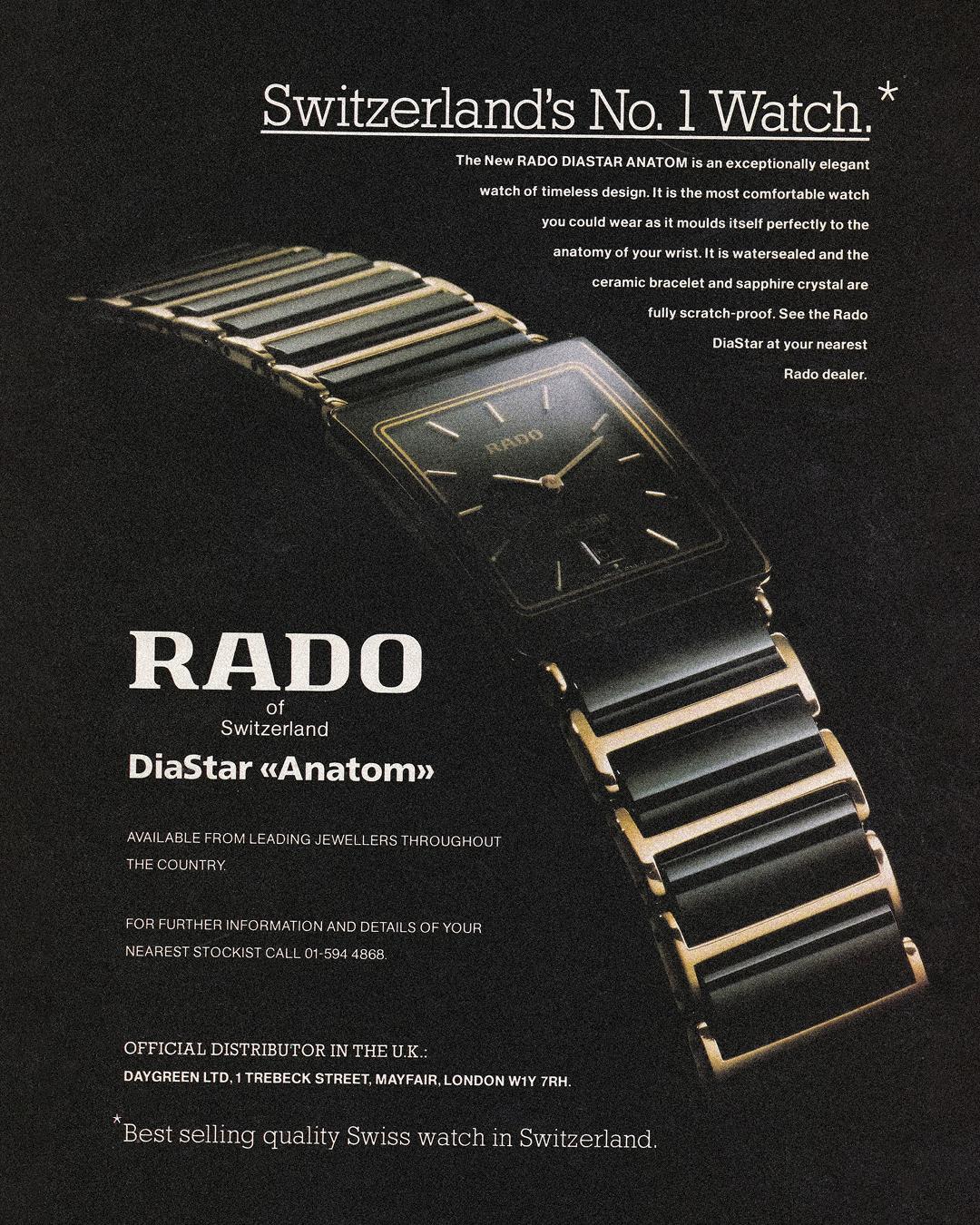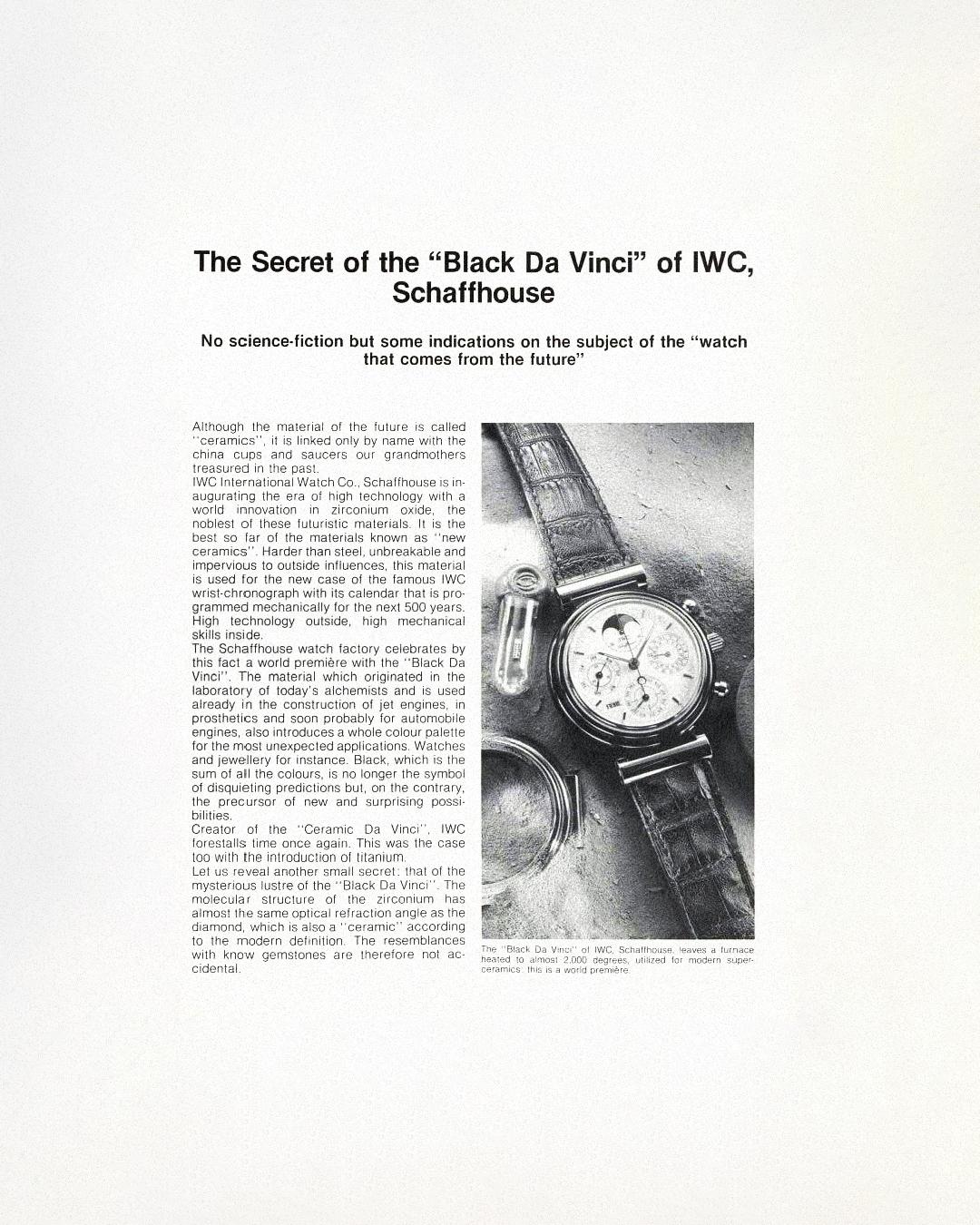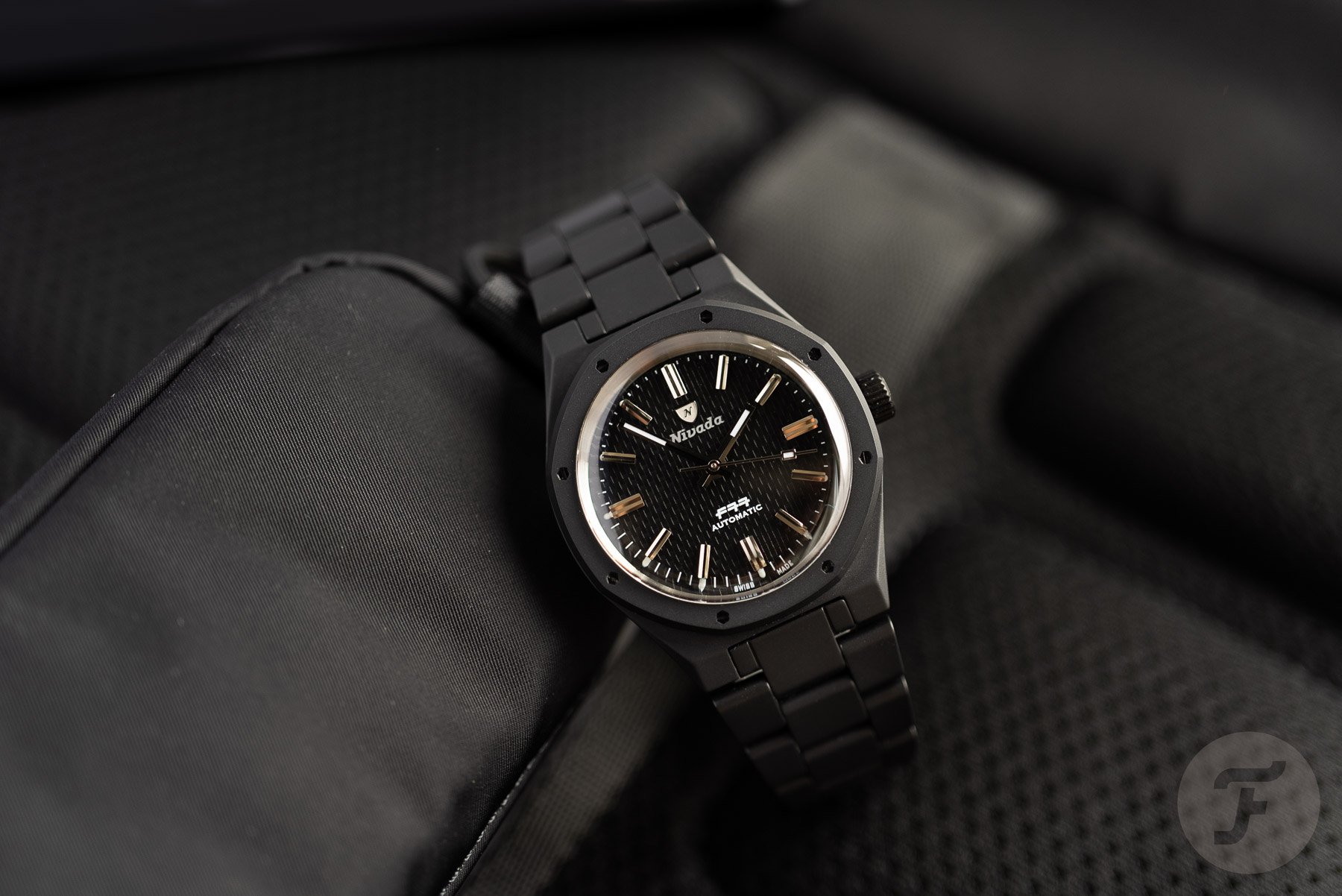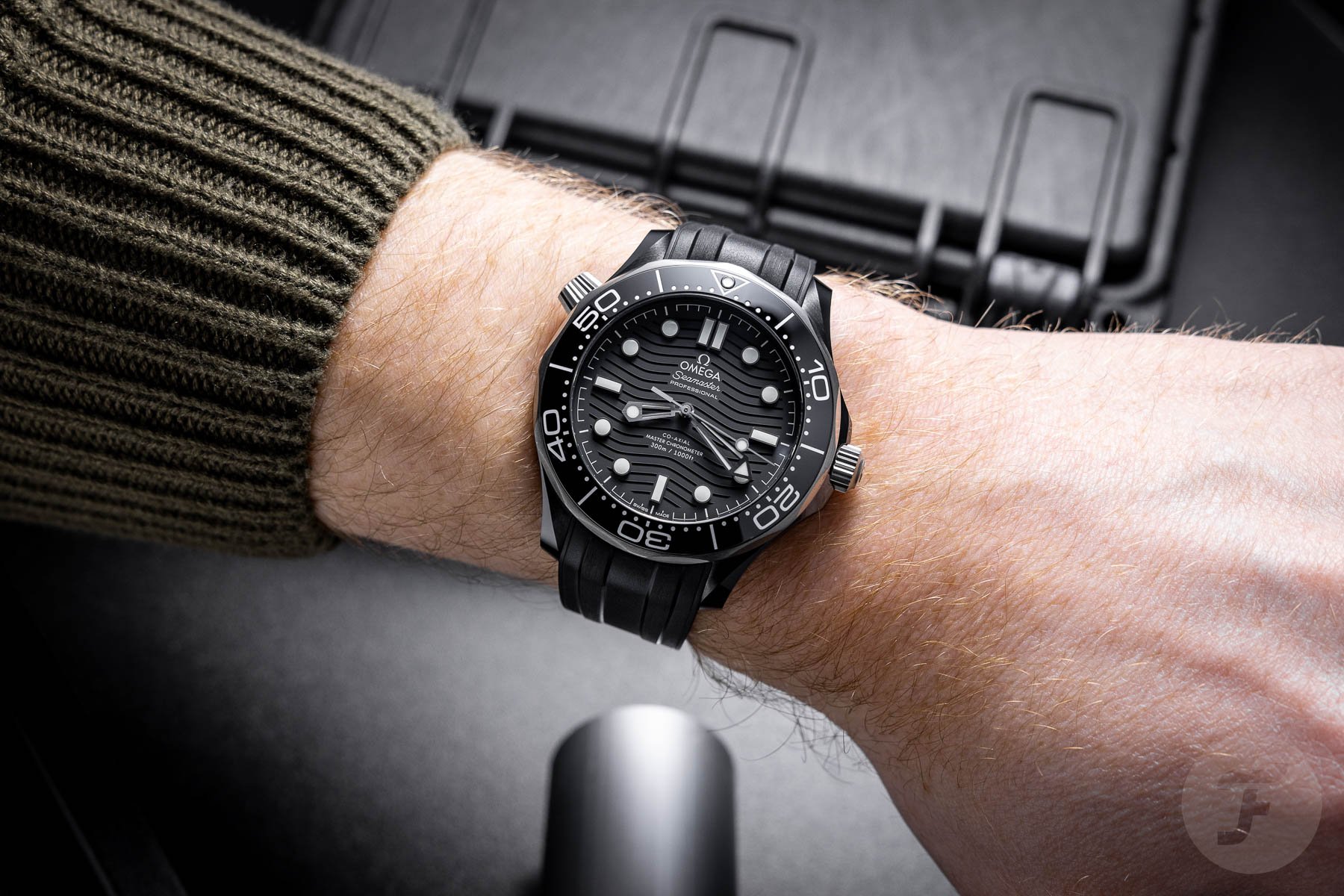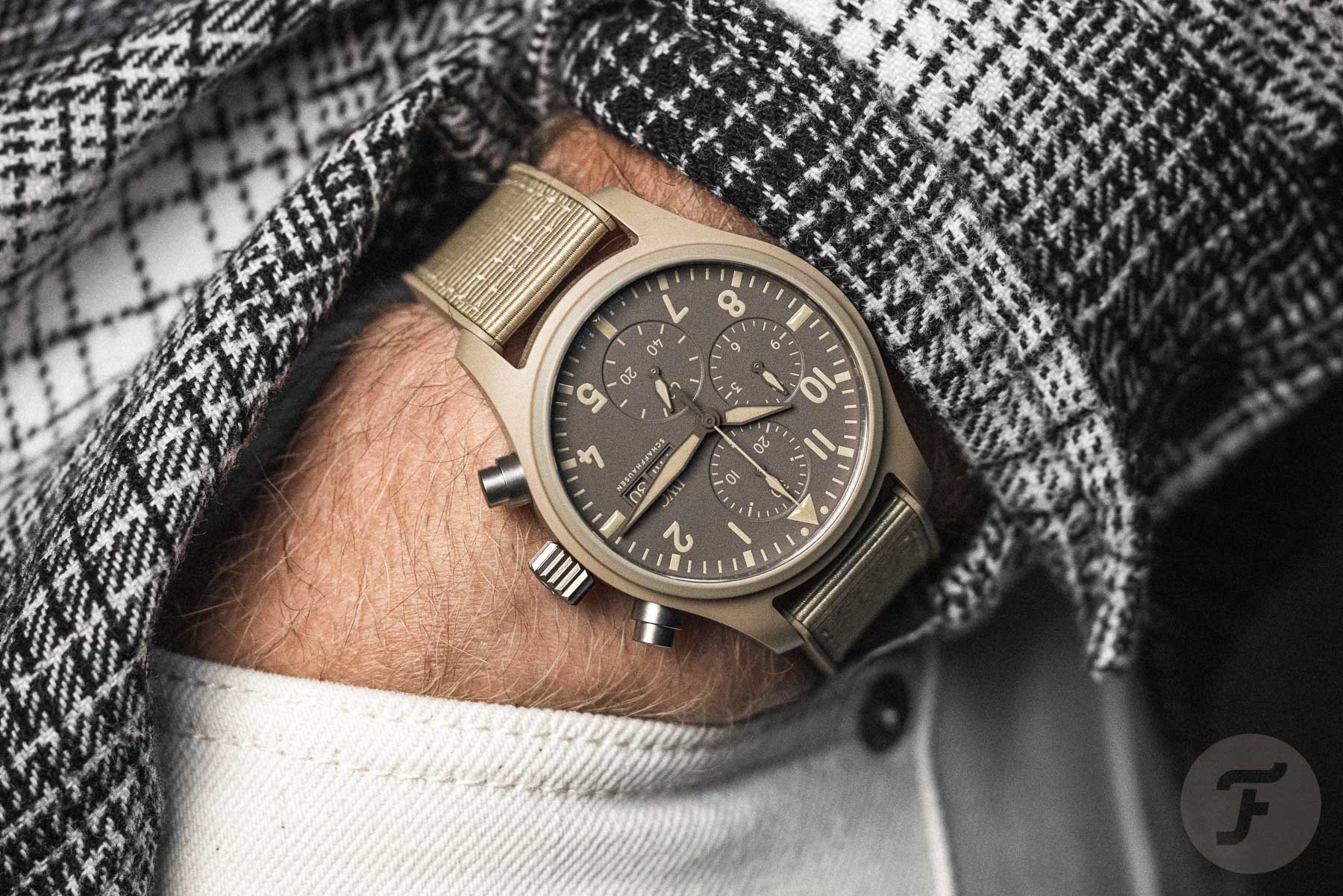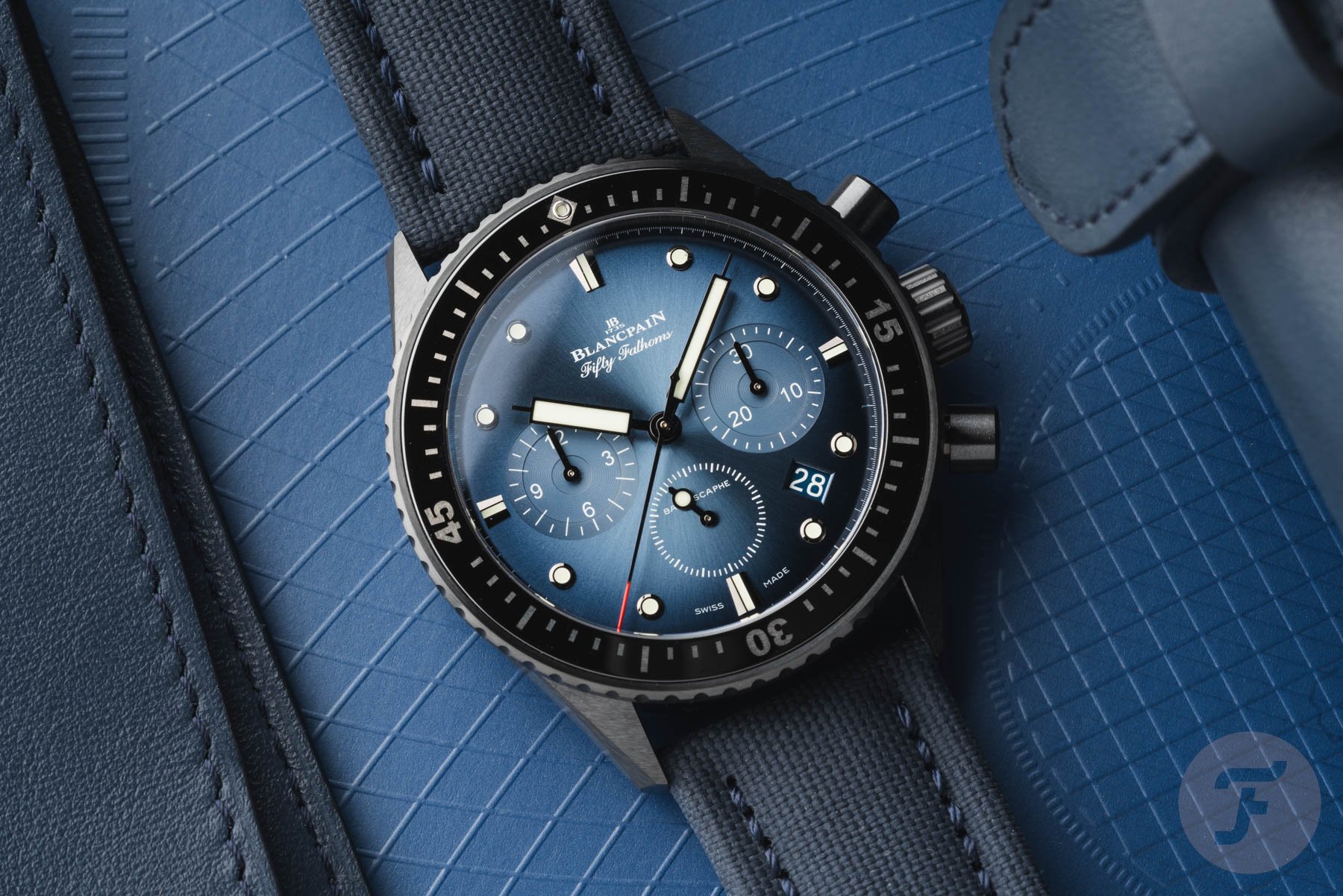Looking To Buy A Ceramic Watch? Here Are The Benefits And Potential Downsides
Ceramic is a material that has been used in watches for decades. It comes with some significant advantages over more traditional stainless steel. However, there are also a couple of issues to consider.
Recently, I spent a significant amount of time with the IWC Pilot’s Watch Automatic RAAF (ref. IW3281-02). This is a modern interpretation of the IWC Mark 11 that was provided to members of the Royal Australian Air Force (RAAF) after World War II.
Long-term exposure to a new (for me) watch material
The IWC RAAF features the same baton hour hand and font for the Arabic numerals as the original from the 1950s. But it is there where the similarities end. Inside is a modern ValFleurier caliber that provides 120 hours of power reserve. In addition, the case is water resistant to 100 meters and, at 41mm wide, is much larger than its historical counterpart. But the most important element for today’s story is the case material itself, which is ceramic. You see, ceramic is a case material I’d not had the privilege of spending any time with in the past. Sure, I had handled ceramic watches in boutiques or at watch events, but I’d never taken one swimming, running, or just out and about.
Plenty of brands offer ceramic-cased watches in their catalogs — Tudor, Omega, Rado, IWC, Hublot, Blancpain, Nivada Grenchen, and many, many more. It is clear, then, that while once pioneered by only a few brands, ceramic is becoming more and more popular in the watch industry. But whether it’s good or not, I had never seriously considered ceramic as a material when considering buying a watch for myself. So it was with some pleasure that I handled the ceramic-cased IWC RAAF.
The early innovators of ceramic watches
In the early 1970s, Omega started working on the Seamaster Cermet. This was a watch that had its case made of a proprietary ceramic material made from aluminum oxide and tungsten carbide. It wasn’t launched until eight years later, though, and was only made available through special order. Because of production costs, it was around four times as expensive as the Speedmaster. In short, the watch was not a commercial success.
Fast-forward to 1986, and IWC released the Da Vinci ref. 3755. This was the first perpetual calendar watch made with a ceramic case, available in either black or white. Then, in 1990, Rado launched the Ceramica, which was the first watch with an all-ceramic case and bracelet. Rado had already been experimenting with the notion of a ceramic watch as far back as the 1960s but it was more of a ceramic-metal hybrid (the DiaStar). But what should we take into account when it comes to this material marvel? First, a definition would help. Ceramic, in terms of watchmaking, is any non-organic material that is both non-metallic and solid (of course; we need it for cases, remember?). It is made using a mix of metal compounds and other pure materials.
A complex but ingenious process
To make ceramic, a mixture of pure materials and metal compounds is first made into a powder. Zirconia, nitrides, and carbides are all potential ingredients in the ceramic used in watchmaking. The powder is shaped into the outline of a watch case, and it then undergoes a frittage (aka sintering) process. This means using heat and pressure on ceramic powder but without melting it to the point it becomes liquid. The powder is exposed to extreme temperatures of around 800° Celsius and as much compression as 600 tonnes per square centimeter! This causes the material’s atoms to diffuse and come back together in a solid mass. Once this has happened, the ceramic case can be milled and polished.
The pros of a ceramic watch
There are many pros of ceramic watches. First, the material is three or even four times harder than 316L stainless steel, which is the standard for steel watches. This hardness helps make ceramic highly resistant to scratches. Then, there is the lighter weight, which makes ceramic watches feel closer to titanium than steel. The ceramic material will also never corrode, rust, or fade over time.
A relatively uncommon but still significant factor to consider is that ceramic will not harm people with a nickel allergy. Some people can react to wearing a steel watch on their wrist for that reason. Ceramic is also highly heat resistant, which means it’s handy if you’re wearing it in a particularly hot environment. I can attest to this as I recently wore the IWC RAAF on hot dunes in Australia, and it was never uncomfortable in the blaring summer sun.
The cons of a ceramic watch
Now we come to the cons. In my eyes, the most significant con is the reputation ceramic has for being brittle. In some instances, a ceramic watch that has been dropped from a height onto a hard surface has seen a component of the case splinter or even shatter. While the equivalent fall may also damage a stainless steel watch, it would not cause it to shatter. A shattered case would require a full case replacement, which is expensive!
Producing ceramic watches is usually more a time-consuming and expensive process than producing stainless steel watches. That’s why you will usually see a cost gulf between a stainless steel and ceramic option in one brand’s catalog. The cost has to be passed on somewhere. This is because the production of ceramic is a complex process of heating and mixing materials.
Another factor that could be a con for some (but a pro for others) is that a ceramic watch case won’t age like a stainless steel one. Therefore, it will look quite new for decades to come, unlike a stainless steel case, which will show signs of “love.”
Concluding thoughts
Indeed, there are many advantages to a ceramic watch. But the disadvantages are also real. The idea of a watch case shattering on impact makes me shudder. A quick forum search will show that this can and does happen in real life, though it seems it is quite a rare occurrence.
What about you, Fratelli? Do any of you own a ceramic watch? Or would you stay away from them given the material’s potential to shatter in rare circumstances? Let me know in the comments.

